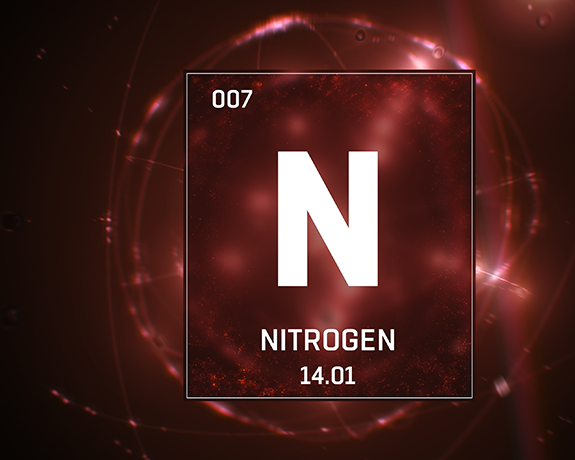FACTORS THAT INFLUENCE GETTING ‘NARCED’

Every beginner’s dive class introduces its students to the topic of nitrogen narcosis: the anesthetic effect of certain gases particularly nitrogen, when breathing compressed air or other gas mixtures under high pressure. It’s an important piece of info. In many ways, critical knowledge for any level of diving. However, for the most part, initial discussion, even in some advanced recreational courses, is pretty basic stuff. It’s just enough to scratch the surface of what is a complex and nuanced topic. And the proof of just how basic is right there in the name.
What tends to be overlooked, is that although nitrogen partial pressure is the trigger, there are a bunch of factors other than it playing an important role in magnifying the effects of being ‘narced.’
The confusion begins when we try to define where it starts: that is, what depth represents the threshold between being okay and feeling the effects of narcosis. That boundary is far from fixed. As with so much related to physiology, it varies from person to person. Even more frustrating when we try to find a hard edge between fine and fudged, is that it also varies from day-to-day. That’s to say, diver A may feel nothing on a dive on day one of a trip and be close to incapacitated on day two while doing the same dive to the same depth.
Because of this, most agencies, RAID included, publish a conservative depth/partial pressure guideline: conservative but possibly misleading because by definition nitrogen load, which is what depth considers, makes no specific mention of the contributions of alcohol, fatigue, task-loading, anxiety, and hypothermia, which are each said to have a synergistic effect. Another factor is the additive effects of carbon dioxide buildup in the blood. This latter coming from both incorrect/rapid breathing or the actual work of breathing at depth due to poorly designed scuba regulators or those in need of servicing and a tune-up.
So, there’s much more to it than nitrogen… it pays to be fully aware of just how much more.
HOW IT FEELS, WHAT IT DOES
– Euphoria, similar to alcohol intoxication.
– Impaired judgment, confusion, and difficulty concentrating.
– Slowed reaction times and reduced coordination.
– In severe cases, hallucinations or unconsciousness.
– Symptoms typically worsen with increasing depth.
DEPTH THRESHOLD
– Narcosis usually becomes noticeable at depths greater than 30 meters (100 feet), though susceptibility varies among individuals.
– Symptoms intensify as depth increases, with severe impairment, in colder water and under stress, often occurring beyond 40-50 meters (130-165 feet).
RISK FACTORS
– Deeper dives increase the risk.
– Cold water, stress, fatigue, and alcohol consumption can exacerbate symptoms.
– Individual susceptibility varies; some divers are more prone to narcosis than others.
MANAGEMENT
– Limit dive depth to reduce the risk of narcosis.
– Use gas mixtures with lower nitrogen content, such as nitrox (higher oxygen, lower nitrogen, but the jury is not totally decided on the efficacy of this particular strategy) or trimix (helium, oxygen, and nitrogen although this is unavailable or prohibitively expensive in many regions).
– Avoid rapid descents and allow time for the body to adapt to pressure changes.
– Stay calm and avoid overexertion during the dive.
– If symptoms occur, ascend to a shallower depth, where the effects will diminish.
– Communicate with your dive buddy and monitor each other for signs of impairment.
– Abort the dive if symptoms are severe or unmanageable.
LONGTERM EFFECTS
– Inert gas narcosis is temporary and resolves upon ascending to shallower depths or surfacing.
– There are no long-term effects if managed properly, but repeated or severe episodes can increase the risk of diving accidents.
CONCLUSION
Inert gas narcosis is a well-known risk in deep diving, but it can be managed through proper training, depth limits, and gas mixture selection. Divers should be aware of the symptoms and take precautions to ensure safety during deep dives.


